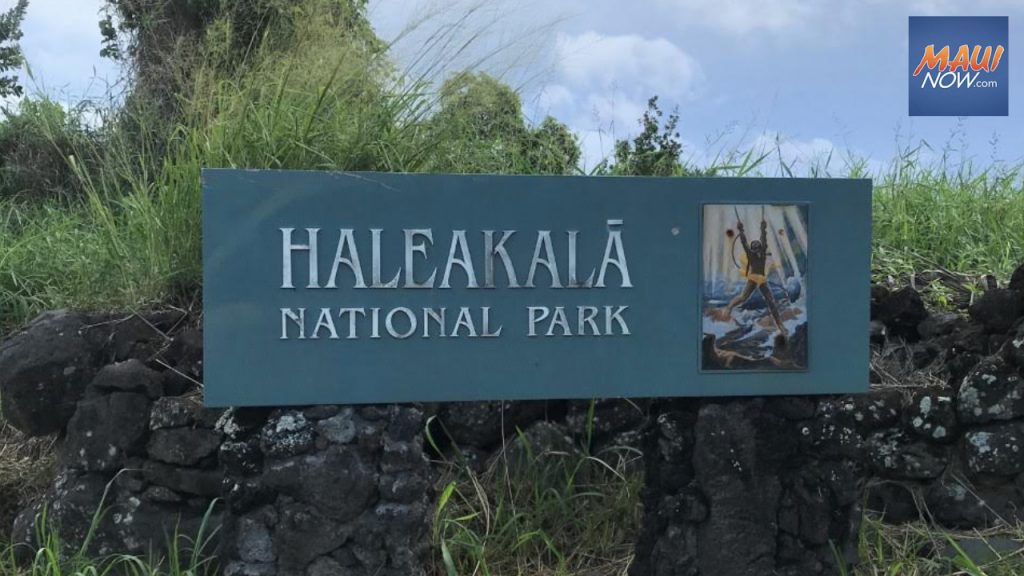Trace levels of contaminant detected in Haleakalā National Park water system

Low levels of 2,4-Dichlorophenoxyacetic acid (2,4-D) was recently detected for the first time during routine sampling collected at the Haleakalā National Park drinking water system, according to a news release issued by the state Department of Health. The small community system serves approximately 1,200 individuals in Kula, Maui.
“According to the US Environmental Protection Agency, 2,4-D is an organic chemical, and has been widely used since the 1940s as a pesticide on row crops such as sugar cane,” the release states.
The department advises that “HNP water remains safe to drink, as the levels of 2,4-D were well below the EPA and State Maximum Contaminant Level (MCL) of 70 parts per billion (ppb).”
Detections ranged from 0.26 to 0.39 ppb, which is less than 0.6% of the MCL, according to health officials.
EPA defines the MCL as the highest level of a contaminant that is allowed in drinking water. The standards are set to avoid human health risks based on a lifetime of consuming water containing that level of contaminant.
HNP’s drinking water is tested as mandated by federal and state drinking water regulations. To date, the water system continues to be in full compliance with all federal and state standards for drinking water, according to health officials.









